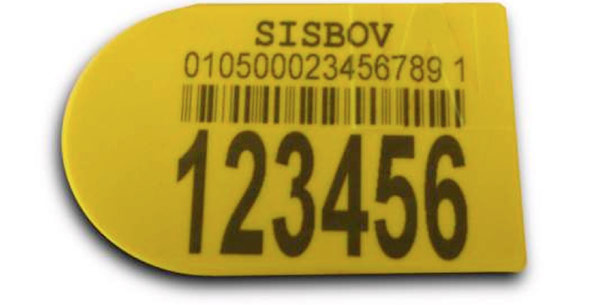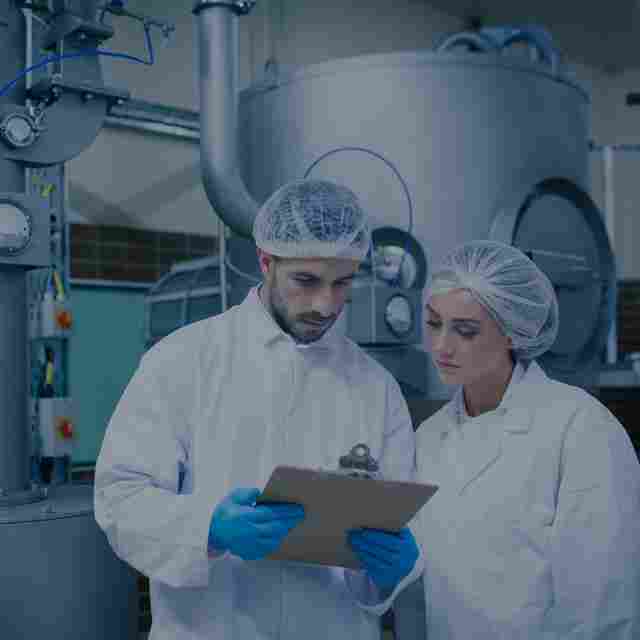Transparency and chemical resistance: Transparent polyamide was designed for transparent applications where poly carbonate struggles with chemical resistance or where more costly transparent polymers are over-specified.
Versatility:It can be used for transparent and blend applications involving a broad range of processing methods, including injection molding, extrusion.
Clear polyamide
Are you seeking alternatives to traditional clear thermoplastics such as polycarbonate?
• Are you looking for lower-cost materials to replace expensive transparent nylon-12 based systems, while meeting minimum application performance requirements?
• Do you have corporate or customer sustainability goals that can be met by using materials with recycled content?
• Do you currently use a transparent nylon that misses application requirements for higher temperature resistance,
stiffness or moisture absorption, leaving your only choice as a much higher-priced material?
• Are you limited by the current range of transparent nylons and desire to expand your design options with a new and differentiated offering?
| Transparent thermoplastic comparison | |||
| POLYCARBONATE | Transamide 608 Transperent PA 6 | HIGH-COST TRANSPARENT NYLONS (E.G., AMORPHOUS NYLON 12) |
|
| Relative cost | $ | $$$ | $$$$ |
| Heat resistance | +++ | + | +++ |
| Moisture resistance | +++ | + | ++ |
| Transparency | ++ | ++ | +++ |
| Chemical resistance: some hydrocarbons and fuels |
– | ++ | ++ |
| Where: – Poor, + Good, ++ Very Good, +++ Excellent | |||
Face any of the above challenges? Start a discussion with us



